Why Isn't My Camera Flash Working?
When your camera flash isn't working, it can be a frustrating experience, especially if you're trying to capture important moments or create specific photographic effects. Understanding the potential reasons behind this issue can help you troubleshoot and resolve it effectively. In this article, we will explore the common causes of a non-functional camera flash and provide practical solutions to get your flash working again.
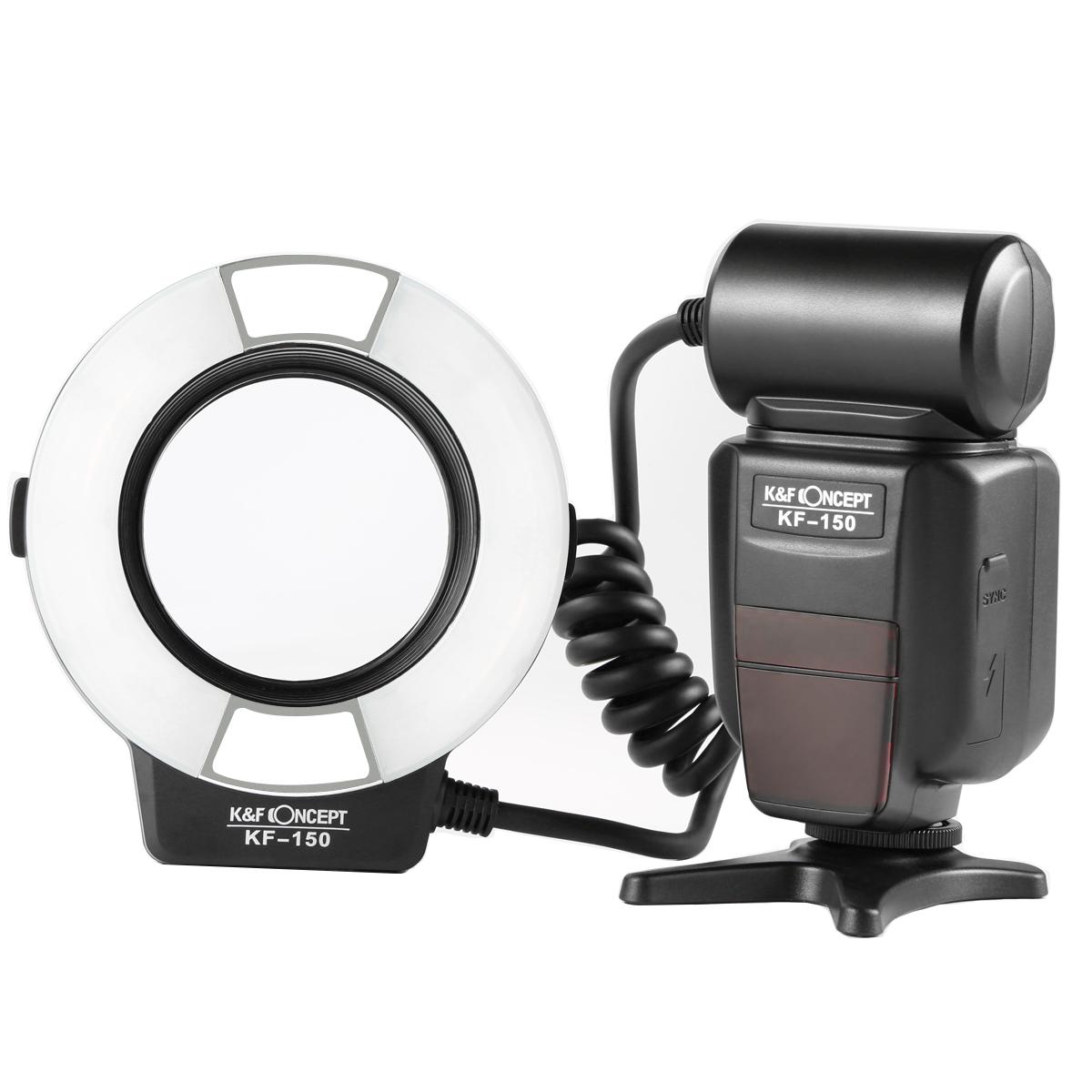
1. Battery Issues
One of the most common reasons for a camera flash not working is related to battery problems. The flash requires a significant amount of power to operate, and if your camera's battery is low or depleted, the flash may not function properly.
Solution:
- Check Battery Level: Ensure that your camera's battery is fully charged. If the battery is low, recharge it or replace it with a fully charged one.
- Battery Contacts: Inspect the battery contacts for any dirt or corrosion. Clean them gently with a dry cloth or a cotton swab dipped in rubbing alcohol.
2. Flash Settings
Sometimes, the issue may be as simple as incorrect flash settings. Modern cameras come with various flash modes, and if the flash is set to the wrong mode, it may not fire when you expect it to.
Solution:
- Auto Mode: Ensure that your camera is set to an appropriate mode that allows the flash to fire. For instance, in Auto mode, the camera will decide when to use the flash based on lighting conditions.
- Manual Flash Settings: If you are using manual settings, double-check that the flash is enabled and set to the correct power level.
3. Overheating
Camera flashes can overheat if used repeatedly in a short period. Most cameras have a built-in safety feature that temporarily disables the flash to prevent damage from overheating.
Solution:
- Cool Down Period: Allow your camera to cool down for a few minutes before attempting to use the flash again. This will give the internal components time to return to a safe operating temperature.
4. Flash Unit Malfunction
If the flash unit itself is malfunctioning, it may not fire even if all other conditions are met. This could be due to a manufacturing defect, wear and tear, or physical damage.
Solution:
- Inspect the Flash Unit: Check the flash unit for any visible signs of damage. If you notice any cracks, dents, or other issues, the flash may need to be repaired or replaced.
- Professional Repair: If the flash unit appears to be in good condition but still doesn't work, consider taking your camera to a professional technician for a thorough inspection and repair.
5. Firmware Issues
Occasionally, the problem may be related to the camera's firmware. Firmware is the software that controls the camera's hardware, and if it becomes corrupted or outdated, it can cause various issues, including flash malfunctions.
Solution:
- Update Firmware: Check the manufacturer's website for any available firmware updates for your camera model. Follow the instructions to download and install the latest firmware version.
6. External Flash Compatibility
If you are using an external flash unit, compatibility issues between the flash and the camera can prevent the flash from working correctly. This is especially common with third-party flash units.
Solution:
- Check Compatibility: Ensure that the external flash is compatible with your camera model. Refer to the user manuals for both the camera and the flash unit for compatibility information.
- Proper Connection: Make sure the external flash is securely connected to the camera's hot shoe or sync port. A loose connection can prevent the flash from firing.
7. Environmental Factors
Environmental factors such as extreme temperatures, humidity, and dust can affect the performance of your camera flash. For example, cold temperatures can reduce battery efficiency, while high humidity can cause condensation inside the camera.
Solution:
- Optimal Conditions: Use your camera in optimal environmental conditions. Avoid exposing it to extreme temperatures or high humidity levels.
- Protective Measures: Use protective gear such as camera bags, lens hoods, and weather-sealed equipment to safeguard your camera and flash from environmental factors.
8. User Error
Sometimes, the issue may simply be due to user error. This can include accidentally turning off the flash, not fully understanding the camera's settings, or inadvertently covering the flash with your hand or an accessory.
Solution:
- User Manual: Refer to the camera's user manual to familiarize yourself with the flash settings and operation. This will help you avoid common mistakes and ensure that you are using the flash correctly.
- Practice: Spend some time practicing with your camera and flash in different lighting conditions to gain confidence and proficiency in using the flash effectively.
A non-functional camera flash can be caused by a variety of factors, ranging from simple battery issues to more complex hardware malfunctions. By systematically troubleshooting each potential cause, you can identify the root of the problem and take appropriate action to resolve it. Whether it's adjusting your flash settings, updating your firmware, or seeking professional repair, there are solutions available to get your camera flash working again. With a little patience and persistence, you'll be back to capturing stunning photos with the perfect lighting in no time.


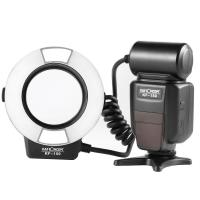

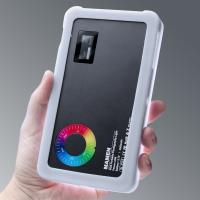
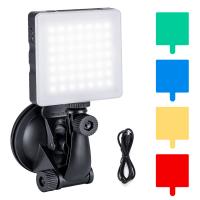
![4K Digital Camera for Photography & Video [Autofocus and Stabilisation] 48MP 16X Digital Zoom 3” 180° Flip Screen Vlog Camera with 32G SD Card, Flash 4K Digital Camera for Photography & Video [Autofocus and Stabilisation] 48MP 16X Digital Zoom 3” 180° Flip Screen Vlog Camera with 32G SD Card, Flash](https://img.kentfaith.com/cache/catalog/products/us/GW41.0065/GW41.0065-1-200x200.jpg)

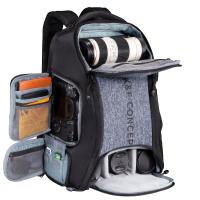


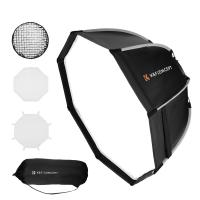


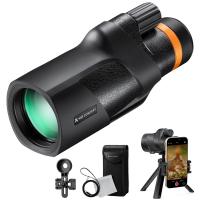
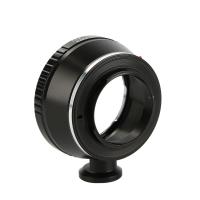
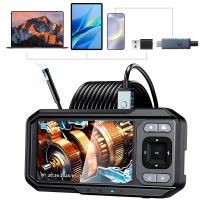



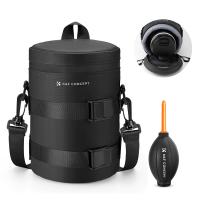



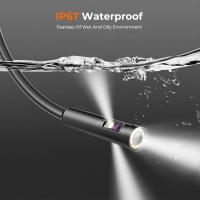

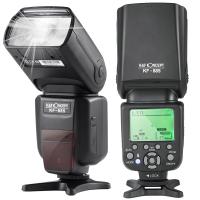

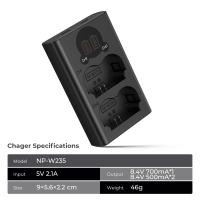
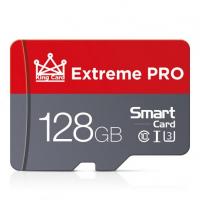
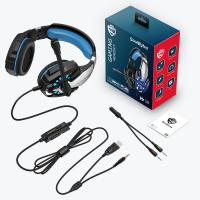

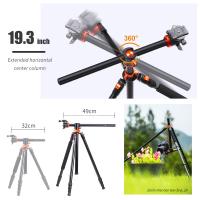




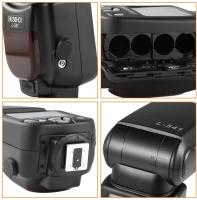
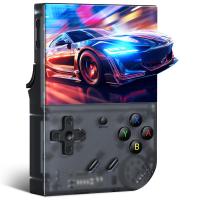



There are no comments for this blog.